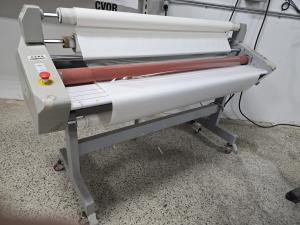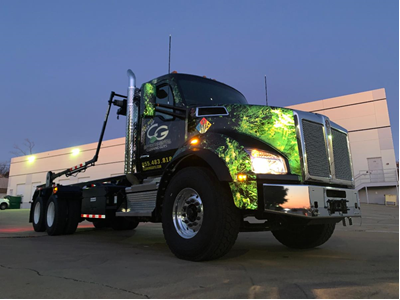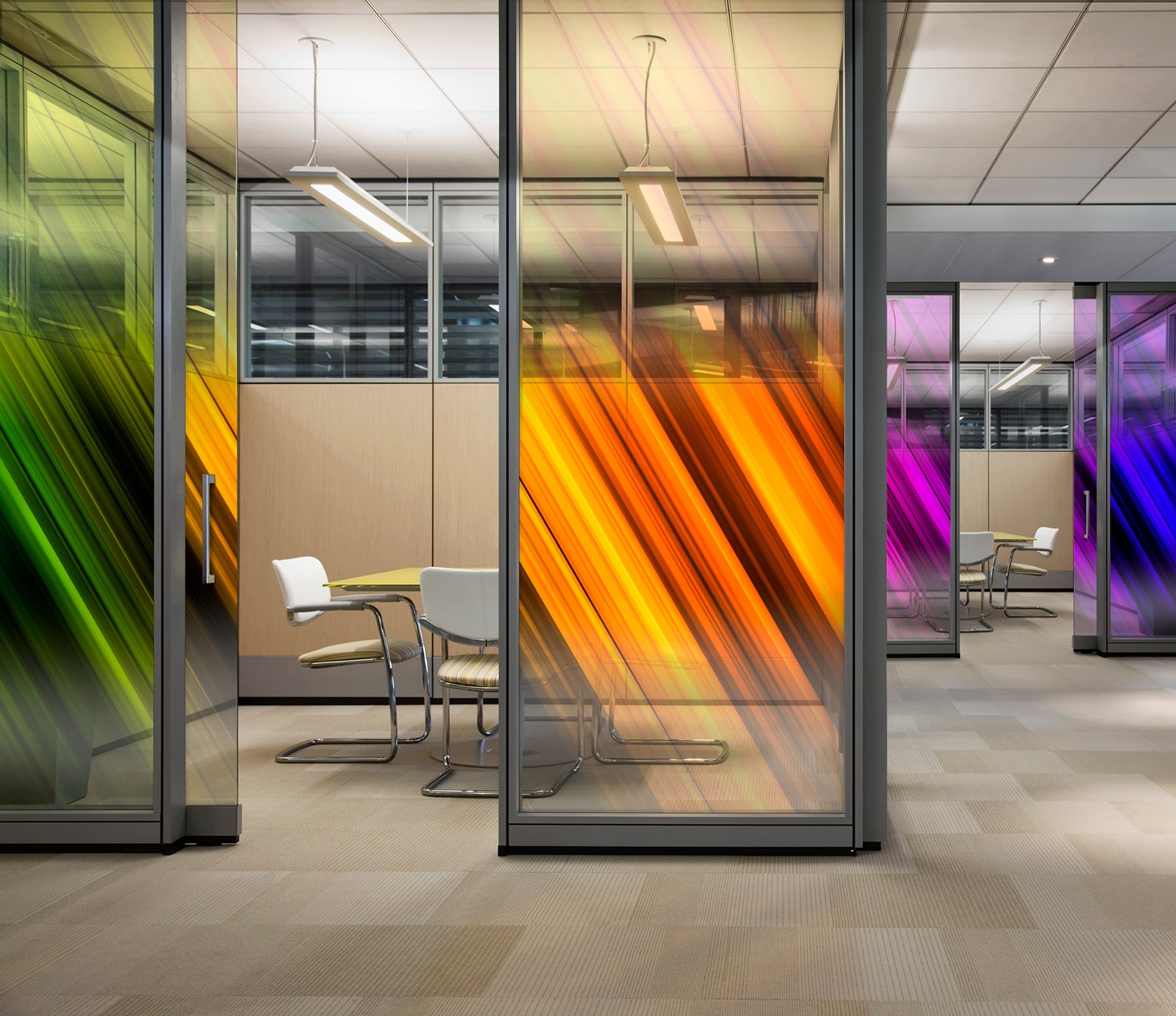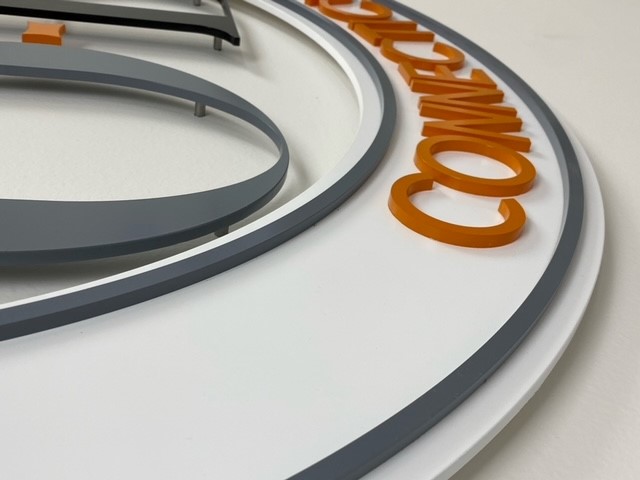Illumination: LEDs in signage and professional displays
As suggested, the rising quantity growth will largely be offset by declining average prices. Standard LEDs are the market share leader in terms of volume (quantity), making up more than 95 per cent of the total in 2012. In terms of value, on the other hand, HB LEDs held a relative market share of nearly 67 per cent in 2012.
On a regional market basis, the Americas—including Canada and the rest of North America, Central America and South America—led in consumption in 2012 with a value of $668 million, even in market share to the Asia Pacific Region. The Americas are forecast to expand to $975 million in 2017, while the Asia Pacific Region is expected to grow at a faster pace.
Europe, the Middle East and Africa (EMEA) held more than 20 per cent share of the global consumption value in 2012, but this is forecast to see only relatively flat growth for the next few years.
A world of applications
The following are just a few examples of how today’s increasing numbers of LEDs are being used for new creative and/or technical goals.
LED panels
There are two main types of LED panels: conventional, using discrete LEDs; and surface-mounted device (SMD) panels.
In the digital signage sector, most outdoor screens and some indoor screens are built around discrete LEDs, also known as individually mounted LEDs. A cluster of red, green, and blue (RGB) LEDs is used to form each full-colour pixel of the screen, usually square in shape.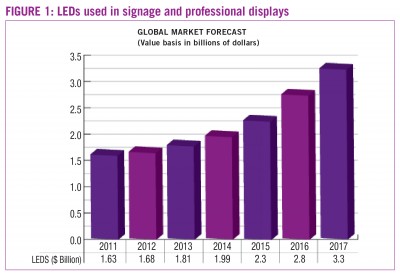
These colourful, stable, long-life LED components can display very clear images and text, without any jitter, ghosting and distortion. They enable wide-angle visibility, with no blind spots. They experience a low failure rate and are relatively easy to maintain.
With Video Graphics Array (VGA) synchronization technology, an LED-based display can provide real-time text, graphics and image information. It can connect to video signals, Flash-based content and two-dimensional (2-D) and three-dimensional (3-D) animation.
These types of displays are widely used in transit stations, airports, banks, stock exchanges, stadiums, post offices and hotels—basically, everywhere.
Ultra-high-contrast billboards
Barco’s LiveDots division recently partnered with the Barnycz Group, a design firm, to create a three-panel LED-based billboard for Vornado Realty Trust at Manhattan’s Penn Plaza, the busiest intersection in New York, N.Y., which serves as a thoroughfare for more than 600,000 daily commuters. The 315.9-m2 (3,400-sf) display represents an upgrade of the building’s existing signage, to boost opportunities for advertising revenue.
As one of the largest owners and managers of commercial real estate in the U.S., Vornado wanted to achieve the proper balance of visual esthetics and economics in generating a high return on investment (ROI). The Barnycz Group and Barco both had extensive experience in high-impact outdoor displays, having worked together on an LED display for American Eagle Outfitters at nearby Times Square.
The Barnycz Group consulted with Vornado executives with regard to the specific location, design and construction of the billboard before developing the content and playback technology, including the ‘head-end’ system that allows the three panels to share the same content or be run independently.
“Vornado wanted to make a big splash in an already crowded outdoor advertising market,” says Danny Barnycz, the group’s founder and president.
Installed directly across from bustling Penn Station, the new billboard could be called an LED landmark. It combines the high-resolution panels into one ‘canvas’ for advertisers to use creatively when launching new campaigns. The three panels can be leased as one face by a single client or can each be contracted separately by different companies.
The billboard comprises 532 tiles, with specially designed corners and front-service systems. The tiles provide more than three million pixels to deliver high-resolution images, driven by Barco’s DX-700 image processor and network-based LiveDots remote management software (RMS). Proprietary sensor technology enables the remote management of the entire display.
The tiles use 10.2-mm (0.4-in.) pixel-pitch LEDs. These are not only bright, but also reportedly 20 per cent higher-contrast than typical LEDs, as it was important for the billboard’s images to be seen clearly both at nighttime and in direct sunlight, while still consuming 20 per cent less power than other display technologies.
“These high-resolution LEDs are extremely vivid, clear and crisp,” says Barnycz. “For high-profile retailers who invest millions in reinforcing their brand equity, colour accuracy and uniformity are critically important, especially for today’s sophisticated, interactive campaigns. And in a city that never sleeps, the system would need to operate reliably 24-7, in all types of weather conditions.”

